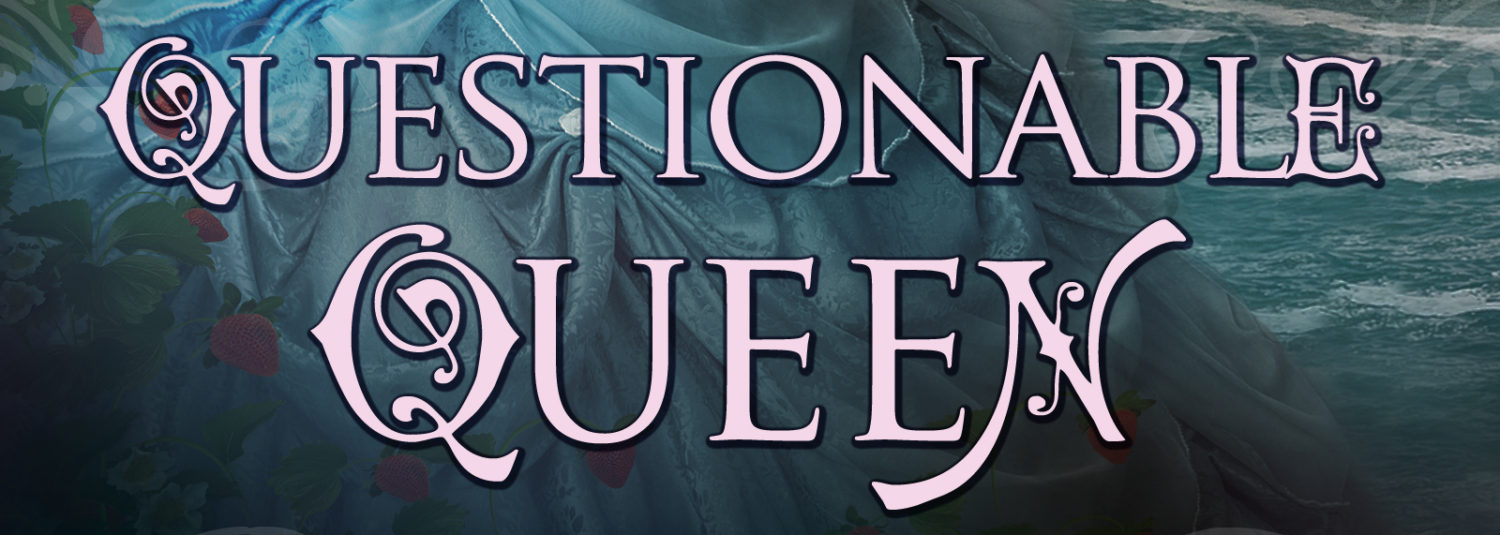I’ve been editing content for Crescent Moon Press for almost a year now, and I just recently finished the first book. I know that sounds odd, and I agree. I wish things had gone faster, but there was apparently some issues at the publisher and some books were accepted and given contracts that shouldn’t have been.
Anyway, I thought maybe aspiring authors might benefit from some of the things I noticed in the books I’ve been working on.
The first thing, and this seems so simple, is that stories, regardless of whether you’re writing a stand alone or part of a series, need a coherent ending. I understand that your big picture might be a story that takes place over several or a dozen books, but each book has to have some kind of real ending.
Maybe you’re writing about an epic war between two huge fantasy empires, and this war will last for five or ten books. That’s fine, but each book also has to have a pretty big story that can be told completely in that book. Just because you stop writing does not mean the story – or the book – is over.
Every author makes a promise to his or her readers at the beginning of a book, the moment of first dramatic action. You promise your reader that that action is the beginning of a ride that will be exciting and fun, but most of all satisfying.
If you’re writing a mystery, you promise your reader that the murderer will be found and justice will be served. You don’t tell the story until three people have been killed, then end it with the idea that the next book will solve the crimes. Your readers will never pick up your second book because you lied to them. You promised to give them a satisfactory ending and you didn’t.
Now, you could write a series where a serial killer is tormenting a town or city and you don’t intend to reveal the killer’s identity until the third book, but that doesn’t mean you can end the first two without some kind of ending. You have to find a way to tell three distinct stories that will move the larger story forward. Each story, in itself, must have a beginning, middle and end, as well.
Think about Episodes Four, Five and Six of the Star Wars saga. Each one has its own story, its own end, but will moves the greater story forward.
For our purposes, though, we need to understand that each story provided a satisfying ending, while still leaving room for a sequel.
IF you are closer to my age and saw what we now call “A New Hope” in theaters, you just called it Star Wars and didn’t know there would be anything else after it. Coincidentally, there had been nothing like it in theaters in forever and it was a phenomenon, but we had no idea of the scope of the saga to come. When A New Hope ended, the Death Star had been destroyed. That was the satisfying ending. We had seen Darth Vader destroy Alderaan early in the book, so we had a picture of how horrible Darth could be, so when Death Star was destroyed, we were satisfied. The whole story had been leading up to that moment.
As a teenager, I missed that Darth Vader survived that last battle, so when I began to see “Darth Vader Lives” pins around, I was surprised and a little scared, let me tell you. Darth was a scary dude!
The point of all this was that there was enough of the story left to continue the saga, but if for some reason George had never gotten another movie made, we would have been happy.
There might have been this big rebellion against the evil empire, but the story focused on a small cast – Luke, Leia and Han and their goal of destroying the Death Star.
You have to do something like this with your books. Even with your epic war fantasy novel, you have to zoom in on a character or a handful of characters your reader can identify with and give them a story that you can tell in one book.
With the serial killer saga, you might focus one book on the main detective and her struggle to get her ex-husband to give her custody of her daughter. The Serial Killer story takes a bit of a back seat, but it’s always there, and you move it forward, too.
It might sound like a lot, and it is, but by weaving this stuff all together and giving your main character center stage, you are able to fulfill your promise to your readers while setting the stage for the next book.
You owe it to your readers to write the best book you can and to lay out your clues and hints and loose ends for your next book, without making them so big that the book doesn’t feel finished.
It’s a tall order but you do yourself no favors by taking short cuts. If you want the second (or third or fifth or tenth) book in your saga to get published, you need to make sure that each of the previous books have a good enough ending that if the series doesn’t go further, your readers will still be happy!
Get out there and write your book!





TrackBack URL
http://nancysbrandt.com/2012/02/some-thoughts-on-story-structure/trackback/